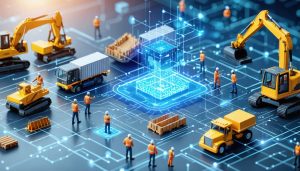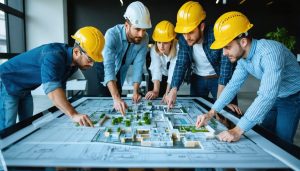
Smart Property Management: How Green Buildings Drive ROI and Tenant Satisfaction
Transforming real estate portfolios through sustainable practices has become a critical imperative, not just an environmental choice. As global markets shift toward carbon neutrality and ESG compliance, property developers and managers who fail to embrace sustainable solutions risk significant value depreciation and reduced market competitiveness. Recent data from the World Green Building Council demonstrates that sustainable buildings command 7-11% higher rental premiums and maintain 23% above-average occupancy rates, while reducing operational costs by up to 37% through energy-efficient systems and smart building technologies.
The…









